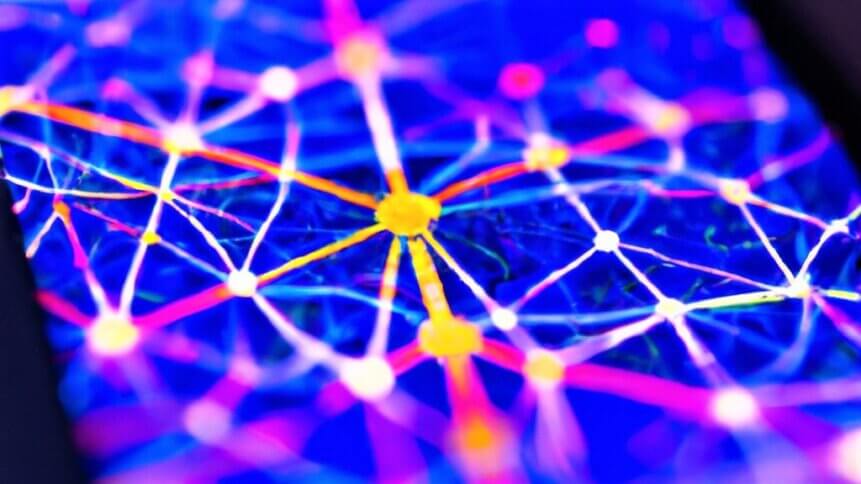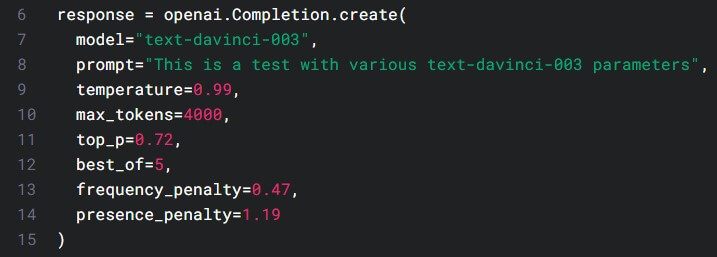ChatGPT-enhanced Bing mobile app: first impressions

|
Getting your Trinity Audio player ready...
|
If the reimagining of search – driven by large language models such as OpenAI’s advanced chatbot ChatGPT – was a Formula 1 race, Microsoft and Google’s progress so far would make for a dramatic first lap. The Redmond, Washington, US, headquartered computing heavyweight would be way out ahead right after the first corner, leaving Google limping behind in first gear due to a mechanical issue. In Formula 1, a talented aerodynamicist can turn around a team’s fortunes. And Microsoft is benefitting greatly from its multi-billion dollar partnership with OpenAI, whose success in crafting GPT-3.5 (a transformer-based, 175 billion parameter large language model fed with a mind bending volume of text) into ChatGPT is re-writing the search playbook. And the latest chapter is the rollout of Microsoft’s ChatGPT-enhanced Bing mobile app.
TechHQ’s sister website TechWireAsia has put ChatGPT-enhanced Bing to the test on the desktop, using Microsoft’s Edge browser preview. But generative AI fans have had to wait to get their hands on the mobile app to unlock the full functionality on smartphones and tablets. And now that invitation messages announcing ChatGPT-enhanced Bing’s availability on mobile are arriving in inboxes, it’s time to put Microsoft’s new app through its paces.
First impressions of the new Bing mobile app
After joining the Bing waitlist and receiving your confirmation email from Microsoft to ‘Try the new Bing’, getting up and running is a simple as downloading the Bing app from either iOS or Android app stores and logging into your Microsoft account. The Bing mobile app’s home screen has a search bar at the top where you can enter regular search terms or type URL details. In the middle of the screen is space for pinning widgets such as weather, stock prices, and a scrollable list of top stories. But it’s the real estate at the bottom of the screen that’ll be of the most interest, specifically the blue Bing button sitting in prime position above the home button on the smartphone or tablet.
Pressing the blue Bing button brings up a ‘Welcome to the new Bing’ screen where Microsoft invites you to, “Use the power of AI to find answers from the web, create written content and more.” And this is where users get to put Microsoft’s ChatGPT-enhanced Bing mobile app to the test. Scrolling further down the screen reveals the option, still in preview mode, to select one of three conversation styles:
- More creative
- More balance
- More precise
Checking under the hood of ‘text-davinci-003’ (dubbed as the most capable of the various models that make up GPT-3, the natural language processing algorithm at the heart of ChatGPT – a version optimized for use as an advanced chatbot) could offer some insight into the different conversation styles.

Model parameters: example of an OpenAI API query, which could shed light on how conversation styles are enabled in the new ChatGPT-enhanced Bing mobile app.
GPT-3 features various parameters that can be fed into OpenAI’s API, such as ‘Temperature’, ‘Top P’, ‘Frequency penalty’, and ‘Best of’. And who better to ask for a definition of these parameters than ChatGPT itself. Submitting the request in OpenAI’s Playground environment, returns the following definitions (see below in italics), which could suggest that the ChatGPT-enhanced Bing mobile app makes use of presets to generate its ‘more creative’, ‘more balance’, and ‘more precise’ conversation styles.
Temperature is a parameter used for sampling in GPT-3. It changes the quality of the generated tokens in order to increase diversity and avoid repetitiveness. A lower temperature gives higher precision but less creativity and surprise, while a higher temperature gives higher creativity and surprise with lower precision.
Top P is a smoothing algorithm used in GPT-3 (Generative Pre-trained Transformer 3) that adjusts the probability distribution of the model’s predictions for a given context. It helps the model choose sensible and relevant tokens as part of the generated text.
Frequency penalty is a method used in GPT-3 to reduce bias by introducing a penalty on words or phrases that appear too frequently in the training data. This helps to prevent the text from becoming repetitive or overly predictable.
Best of, in GPT-3, is a type of sampling that selects the top results, meaning the best sentence fragments or passages, based on the input and their quality scores.
Source: OpenAI Playground
Business use cases
Selecting one of the conversational styles opens up an input box where users can prompt the advanced AI chat bot via text or speech (if the microphone is enabled). A request to ‘write a 100 word email to motivate my sales team’, produced a plausible response. And switching between ‘more creative’ and ‘more precise’ conversational modes added variety around the main theme of the output, which is a useful feature.
To reset Bing’s ChatGPT brain, users simply click on a broom icon that sweeps away all of the advanced chatbot’s previous thoughts and prepares the system for a new conversation. Having refreshed the search box, we asked the ChatGPT-enhanced Bing mobile app to ‘summarize the threat of quantum computers to data encryption’. And the response revealed more interesting features that sets the app apart from OpenAI’s regular ChatGPT interface.
The response included a series of clickable footnotes highlighted in blue, which take users to source webpages that open in Bing. Providing citations for the output turns the advanced AI chatbot’s response into a mini academic journal article. And introducing these links is certainly a workable first step towards unravelling the connections between ChatGPT and the worldwide web. In addition to the clickable ‘learn more’ features, the ChatGPT-enhanced section of the Bing mobile app has the capacity to recommend a follow-up prompt. In our case, the suggested question was ‘what can be done to prevent this?’, which – when clicked on – was digested as a search for ‘preventing quantum computers from breaking encryption’.
Verdict on new ChatGPT-enhanced Bing mobile app
Having spent an hour or so on the new app, this author was impressed. The new Bing app, with its ChatGPT integration, feels like an upgrade on OpenAI’s regular ChatGPT interface. And having citations to the wider web is a first step to sanity-checking the answers that are served up by advanced AI chatbots. One of the big issues for users of ChatGPT is the accuracy of the responses that are generated (even Microsoft’s own demo of the technology was found to contain errors). Given this concern, it is positive that developers are offering users some clues as to where the information generated by the large language model may have originated, or sources that can serve as a credible reference point.
The true test of any new application is whether you would use it again, and in the case of Microsoft’s ChatGPT-enhanced Bing mobile app the answer would be yes.









